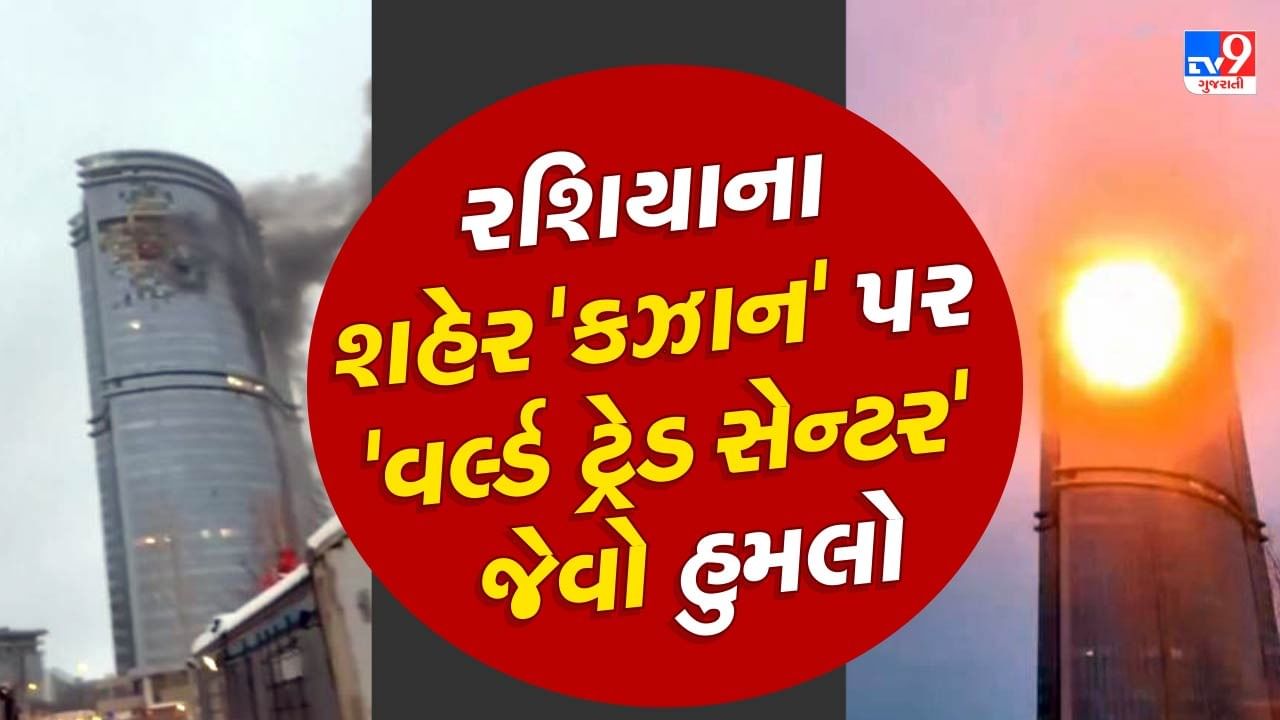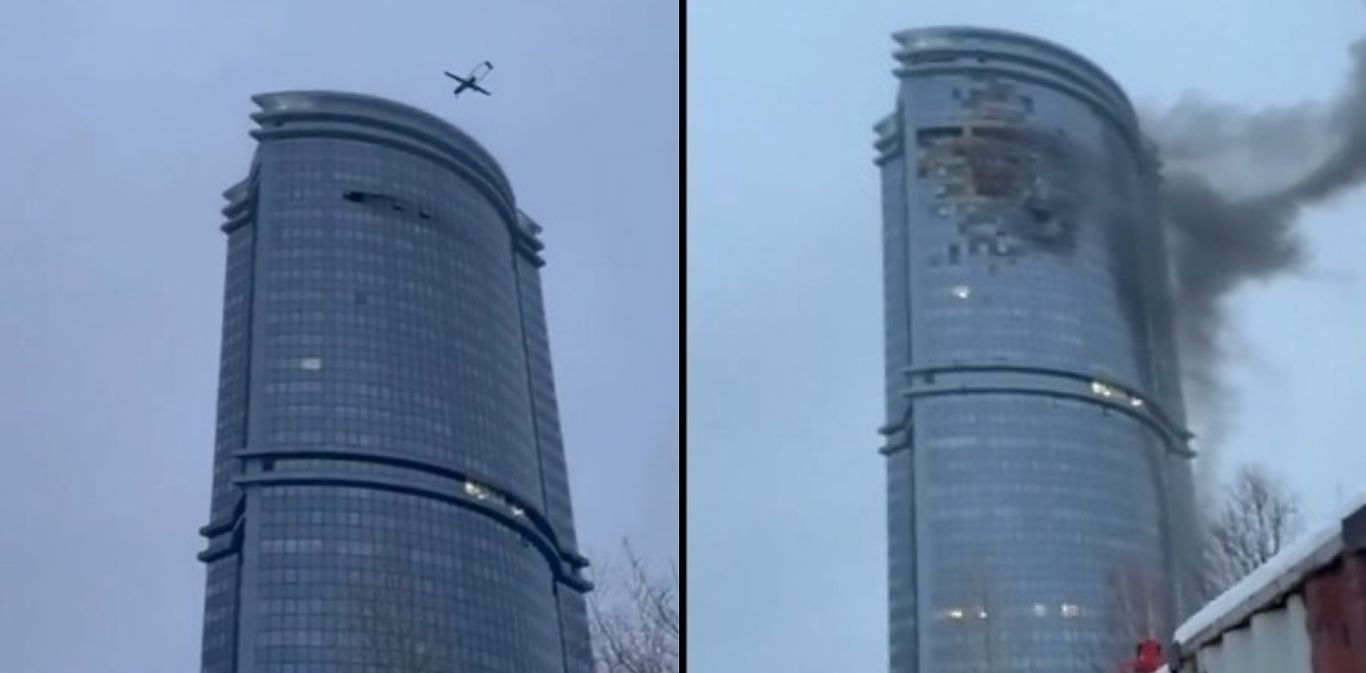Kazan drone attack represents a significant event demanding thorough investigation. This incident raises crucial questions regarding the technological capabilities of modern drone warfare, the geopolitical motivations behind such attacks, and the effectiveness of current security measures. Understanding this event requires analyzing the technological aspects of the attack, the geopolitical context, and the responses from both authorities and the public.
This examination will delve into these key areas to provide a comprehensive understanding.
The recent drone attack on Kazan highlights the growing concern over the misuse of unmanned aerial vehicles. This incident, while seemingly isolated, prompts reflection on the potential for similar malfunctions, as seen in the orlando drone show malfunction , where technical failures led to unpredictable behavior. Such events underscore the need for robust safety protocols and technological advancements to mitigate risks associated with drone technology, especially considering the potential for escalation in conflicts like the Kazan attack.
The attack’s impact extends beyond the immediate physical damage and casualties. It highlights vulnerabilities in security systems and underscores the evolving nature of modern conflict. The subsequent analysis will explore the potential implications for regional stability and international relations, examining various perspectives and interpretations of the event’s significance.
The Kazan Drone Attack: An Analysis

The reported drone attack on Kazan, Russia, represents a significant incident demanding comprehensive analysis. This examination will explore the event’s circumstances, technological aspects, geopolitical implications, security responses, public perception, and a hypothetical reconstruction of a possible drone trajectory.
The Event: Kazan Drone Attack Overview
Reports emerged of a drone attack targeting Kazan, a major city in Russia. While specifics remain under investigation, initial accounts suggest multiple drones were involved, potentially causing damage to infrastructure and possibly resulting in injuries. The exact number of drones, their targets, and the extent of the damage are still being verified by official sources. Claims of responsibility, if any, are being carefully scrutinized for authenticity and credibility.
The timeline of events, from the first reports to the ongoing investigations, is being pieced together from various news outlets and official statements.
The recent drone attack on Kazan highlights the escalating risks associated with unmanned aerial vehicles. This incident, while concerning in its own right, prompts reflection on the broader implications of drone technology, particularly considering accidents like the one detailed in this report on a drone show accident. Such mishaps underscore the need for robust safety protocols and regulations to prevent future incidents, whether intentional attacks like in Kazan or accidental malfunctions during public displays.
Technological Aspects of the Attack

The drones used in the alleged attack likely belonged to a category capable of carrying a small payload over a considerable distance. Potential candidates include commercially available drones modified for enhanced range and payload capacity, or potentially more sophisticated military-grade drones. Deployment methods could have involved launching from a relatively close location, or potentially from a greater distance using catapults or other launch systems.
Navigation could have relied on GPS, inertial navigation systems, or even manual control, depending on the sophistication of the technology employed. The targeting mechanism may have been based on pre-programmed coordinates or real-time visual identification. Comparing this incident to previous attacks reveals advancements in drone technology, particularly in range and payload capacity.
Geopolitical Context and Implications
The geopolitical landscape of the region significantly influences the interpretation of the Kazan incident. The attack’s potential motivations are complex, possibly stemming from various actors with diverse interests. Analyzing the potential regional and international repercussions requires considering the involved parties and their potential reactions. The incident could escalate tensions or trigger retaliatory actions, influencing the stability of the region and potentially impacting international relations.
| Incident | Location | Date | Outcome |
|---|---|---|---|
| Kazan Drone Attack | Kazan, Russia | [Insert Date] | [Insert Outcome – e.g., Minor Damage, Injuries Reported] |
| [Another Drone Attack] | [Location] | [Date] | [Outcome] |
| [Another Drone Attack] | [Location] | [Date] | [Outcome] |
| [Another Drone Attack] | [Location] | [Date] | [Outcome] |
Security and Response Measures

An assessment of pre-existing security measures in Kazan is crucial for understanding the effectiveness of existing protocols. The response measures implemented following the attack, including investigation efforts and potential adjustments to security protocols, are critical aspects to examine. This analysis will explore the implications for future security strategies and defense protocols, including the development of a hypothetical improved security system based on lessons learned from this incident.
This hypothetical system would incorporate advanced drone detection technology, improved surveillance capabilities, and enhanced response protocols.
Public Perception and Media Coverage
The public reaction to the drone attack in Kazan varied, ranging from concern and fear to skepticism and anger. Media coverage of the event played a crucial role in shaping public opinion. A comparative analysis of various news sources reveals differences in narrative and potential biases, highlighting the importance of critical media consumption. The incident’s portrayal has the potential to significantly influence public opinion and policy decisions regarding national security and technological advancements.
Illustrative Example: A Hypothetical Drone Trajectory, Kazan drone attack
A hypothetical drone trajectory might involve a low-altitude flight path, potentially utilizing natural cover to evade detection. The drone could have flown at a speed optimized for maneuverability and range, adapting its trajectory based on wind conditions and visibility. Environmental factors such as wind speed and direction, cloud cover, and ambient light would have influenced the drone’s flight path and its ability to remain undetected.
The recent drone attack on Kazan highlights the vulnerability of civilian areas to unmanned aerial vehicles. This incident underscores the need for robust counter-drone measures, especially considering the potential for widespread chaos, as illustrated by the orlando drone show malfunction , where technical failures led to unpredictable drone behavior. Such malfunctions, though unintentional, emphasize the critical importance of reliable drone technology and effective safety protocols to prevent similar incidents in the future, especially in the context of the Kazan attack.
The operator might have faced challenges related to maintaining signal strength, avoiding detection by radar or other surveillance systems, and accurately targeting the intended location.
The Kazan drone attack serves as a stark reminder of the evolving threat landscape and the urgent need for robust security protocols. While the immediate aftermath focuses on damage assessment and investigation, the long-term implications extend to broader discussions on technological advancements in warfare, geopolitical strategies, and the evolving role of drones in modern conflict. Further research and analysis are essential to fully understand the incident’s impact and to develop effective countermeasures for future threats.
Detailed FAQs
What type of drones were potentially used?
The specific drone model remains unconfirmed, but analysis suggests various possibilities, ranging from commercially available drones modified for military use to more sophisticated military-grade systems.
What was the immediate response from the Russian government?
The Russian government’s response likely involved immediate security measures, investigations to determine the perpetrators and methods used, and a public information campaign to manage the narrative.
What are the long-term security implications of this attack?
The attack highlights the need for improved drone detection and defense systems, stricter regulations on drone sales and usage, and potentially increased investment in counter-drone technologies.